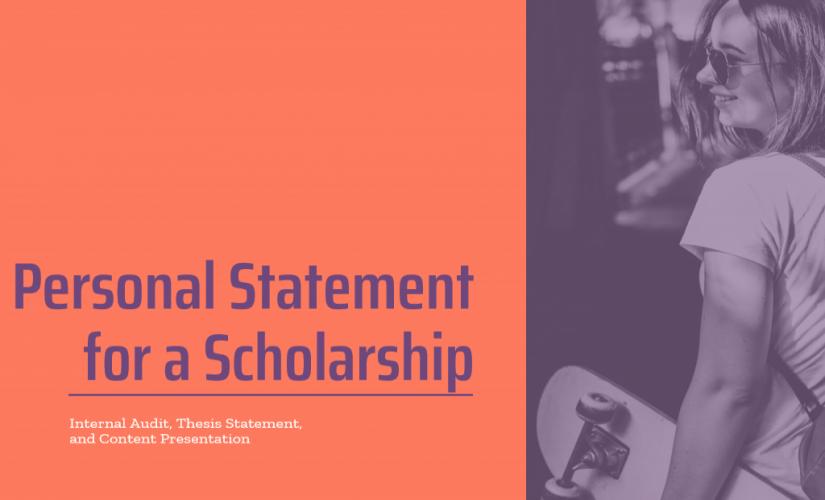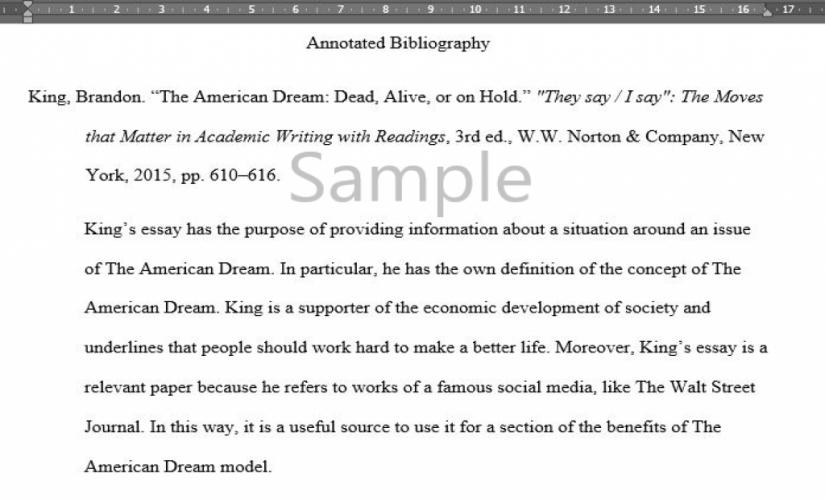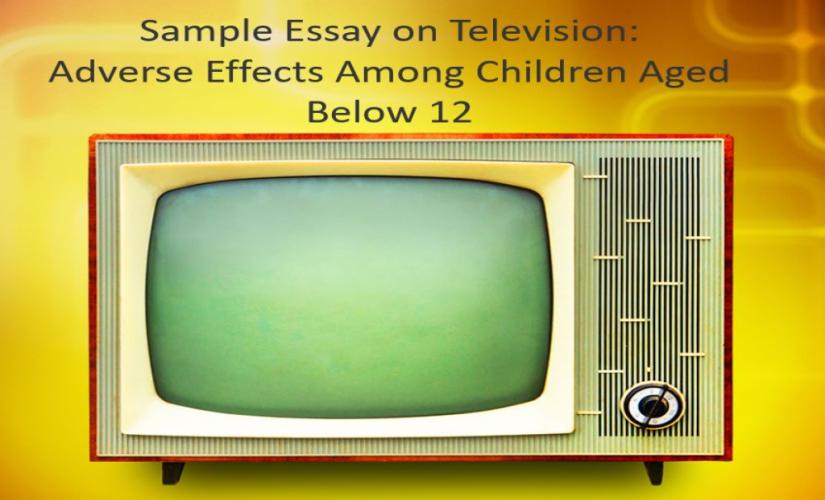Personal statements are a requirement for most scholarship applications. Basically, students struggle to write personal statements because they are personal essays. Unfortunately, people may not have a practice in the academic setting by considering a personal statement for a scholarship. In this case, the process of writing a personal statement for a scholarship covers three key aspects: internal audit, thesis statement, and content presentation.
Internal Audit
An applicant must take time to carry out an internal audit. Moreover, a person must select ideal life experiences to share in a personal statement for a scholarship. For example, the first step in writing a paper for a scholarship is creating an essay outline that lists the most relevant achievements and experiences, which the author may desire to include in the essay. In this case, a list of the viable content of the personal statement assists authors to assess their life and identify the life experiences that standout. Thus, the nature of the scholarship should guide authors in sorting through various life events and determine the value that they may add to the essay.

A Thesis Statement in a Personal Statement for a Scholarship
Based on the outline, the author should develop a thesis statement in a personal statement for a scholarship. For instance, people group the elements of the outline to develop paragraphs that advance particular themes. In this case, thematic paragraphing is a technique that assists in making the overall theme evident to the author. Then, writers use individual minor themes as the building blocks of the main claim. Also, it presents the intention of the author and highlights the primary ideas discussed in the personal statement, being the starting point of the essay. In turn, the thesis statement makes the reader aware of the central message of the essay for understanding the logical association of the different life experiences and achievements. As a result, it creates some expectations in the reader, which must be met by the end of the personal statement.
Content Presentation
Drafting a personal statement for a scholarship is a complex process. Basically, writers ensure that the implied meaning of the content is accurate and unambiguous. For instance, selection committees usually assess personal statements to identify candidates who possess particular qualities, such as leadership, self-reliance, and volunteerism. In this case, life experiences may be perfect for inclusion in a personal statement. However, the language used in the presentation could make the readers deem an event as an over-exaggeration. Also, it implies that the intended meaning is lost. Then, people need to select the correct words to avoid misinterpretation by the readers. In turn, scholarship applicants should ensure that their statements are read by a third party. Besides, it is a safeguard against instances of over-exaggeration and ambiguous language. Thus, there is no preferable structure for a personal statement. On the other hand, the organization used should enhance the author’s narration.
Summing Up on Personal Statement for a Scholarship
A personal statement for a scholarship is a unique piece of writing due to its nature. Basically, an overarching theme should be presented in the thesis statement. Moreover, people must design all the body paragraphs to stress the central theme of the essay. In turn, they must consider the use of language to ensure clarity in communication.


